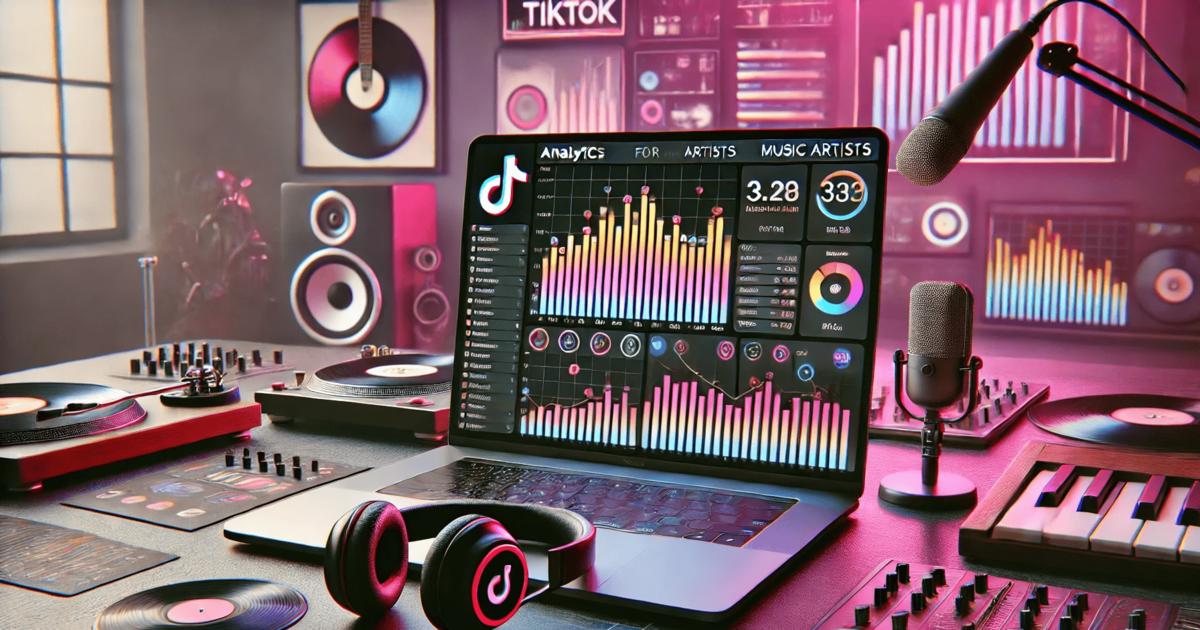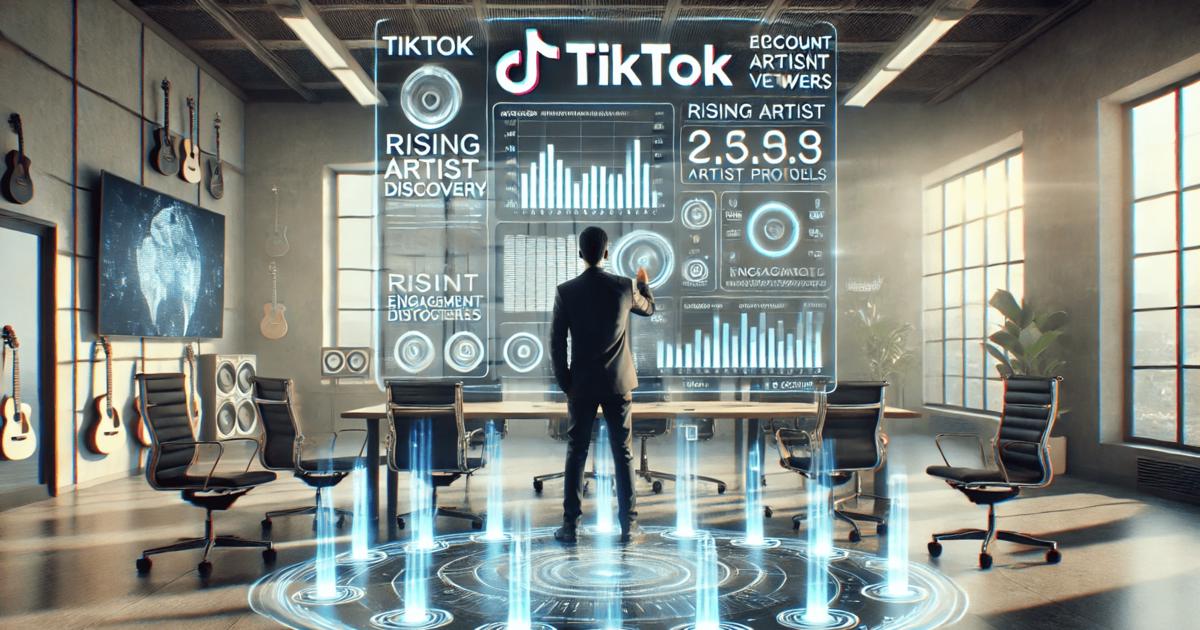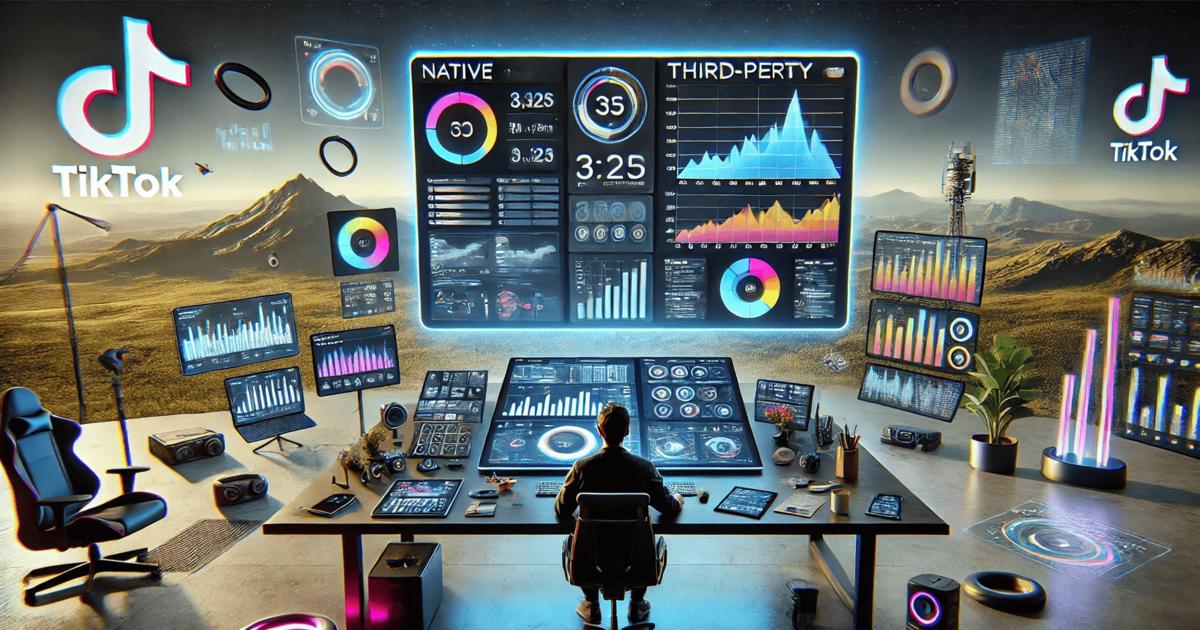The Tech Stack of a Music Data Scientist
The Tech Stack of a Music Data Scientist
As the music industry becomes increasingly data-driven, the role of a music data scientist is more critical than ever. These professionals turn massive volumes of data into actionable insights for artists, labels, distributors, and platforms. From tracking global trends to building recommendation systems, they rely on a sophisticated tech stack to get the job done.
API Pricing Summary
Before we dive into the full stack, here’s a quick overview of the pricing for the four leading music data APIs:
- Viberate API: Starts at €300/month for 60 calls/minute, offset 1000, 3 months of historical data.
- Chartmetric API: $350/user/month, 1 request per second.
- Songstats API: Pricing on request.
- Soundcharts API: Pricing on request.
Now, let’s break down the tech stack and how these tools fit into the daily workflow of a music data scientist.
Data Collection & Aggregation
The first step is pulling data. APIs like Spotify Web API, YouTube Data API, and SoundCloud API offer free access to basic engagement metrics. For broader coverage, data scientists use paid APIs like Viberate and Chartmetric, which aggregate streaming, social, and performance data across platforms. Viberate is especially robust, covering over 11 million artists, 100 million tracks, and multiple social media and streaming sources.
When APIs fall short, web scraping tools such as Scrapy, BeautifulSoup, or Puppeteer fill the gap—though they raise legal and ethical considerations. Open music metadata sources like MusicBrainz and Discogs are also key for collecting discographies, credits, and artist relationships.
Data Storage & Management
Collected data must be stored efficiently. Relational databases like PostgreSQL or MySQL are ideal for structured information, while MongoDB is used for semi-structured data. When dealing with large-scale datasets, BigQuery or Snowflake provide fast querying capabilities. AWS S3 serves as a reliable, low-cost option for storing raw files like JSON or CSV dumps.
Data Processing & Cleaning
Raw data is rarely usable out of the box. Python, particularly with pandas and NumPy, is used to clean, parse, and normalize datasets. For large-scale processing, tools like PySpark or Dask are essential. ETL (Extract, Transform, Load) workflows are scheduled and automated using Airflow or Prefect, helping keep pipelines consistent and efficient.
Audio Analysis & Feature Extraction
Understanding the audio itself is often necessary. Libraries like Librosa in Python extract features such as tempo, chroma, and MFCCs. Essentia, a C++ framework, offers high-performance extraction. Spotify’s audio features are widely used for surface-level overviews, while OpenSMILE provides advanced analysis, including emotion and speech/music detection.
Machine Learning & Modeling
Once data is ready, modeling begins. Scikit-learn and XGBoost are used for regression and classification tasks. Deep learning frameworks like TensorFlow and PyTorch enable complex modeling, such as predicting song virality. NLP tasks (e.g., lyrics analysis) rely on HuggingFace Transformers. Recommendation systems are built using LightFM or Implicit, which handle sparse user-item matrices well.
Data Visualization & Dashboards
Making insights digestible is critical. Tableau and Power BI allow non-technical teams to interact with dashboards. Python-based tools like Plotly, Dash, or Streamlit offer more customization. For basic reporting and analysis, Matplotlib, Seaborn, and Altair do the job.
Version Control & Collaboration
Reproducibility and teamwork are ensured through Git and GitHub. Development happens primarily in Jupyter Notebooks or VS Code. For documentation, tools like Notion and Confluence keep records of data dictionaries and pipeline logic.
Deployment & Integration
Models and dashboards are eventually deployed. FastAPI and Flask serve lightweight APIs. Docker ensures consistent environments across systems. Serverless options like AWS Lambda or Cloud Functions allow efficient, scalable execution. Zapier and Integromat provide easy integrations for automating workflows between platforms.
Comparing Music Data APIs for Professional Use
Among the top-tier music APIs, Viberate stands out for its structured database and extensive coverage. With daily updates, data from Spotify, YouTube Music, TikTok, and more, and unique curated artist IDs, it ensures data accuracy and utility. Its pricing is also flexible, making it suitable for both startups and enterprises.
Chartmetric is strong in proprietary metrics like Career Stage Score and Network Strength Score. It also offers up to five years of historical data and supports detailed artist and trend tracking across major platforms. The $350/month per user price is higher but justified by depth.
Soundcharts delivers massive coverage with 12 million artists and over 26,000 charts. It’s particularly useful for radio airplay analysis and enables merging proprietary datasets for custom insights. Its metadata cleaning engine is ideal for resolving inconsistencies in artist and track names.
Songstats is a robust API that aggregates streaming and social data across 18 platforms, including niche sources like Beatport and Traxsource. It supports quick deployment with simple REST calls and extensive historical data. It also includes a dedicated Radiostats API for radio tracking across 50,000+ stations. Though pricing is not public, it's positioned for enterprise-level users.
Final Thoughts
The modern music data scientist needs a reliable stack to operate efficiently. From collecting and storing data to analyzing and visualizing insights, each layer of the stack matters. While open tools and APIs cover the basics, platforms like Viberate, Chartmetric, Soundcharts, and Songstats provide the depth and reliability needed for high-level work. Choosing the right mix depends on your use case, budget, and technical needs—but knowing what's available is the first step.






